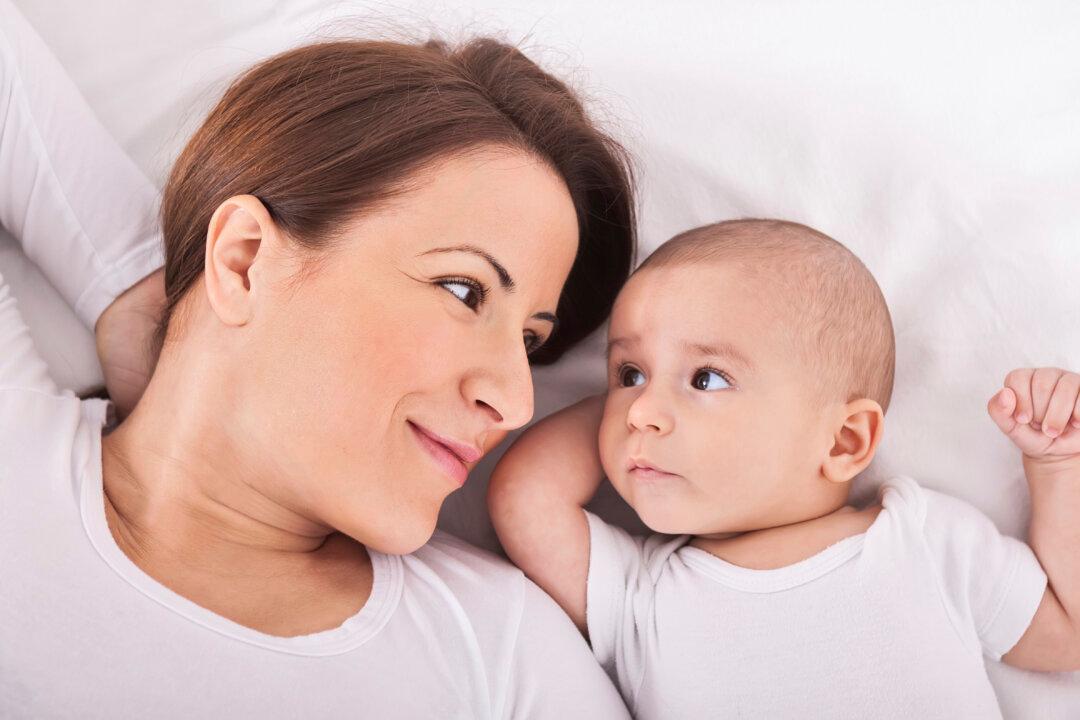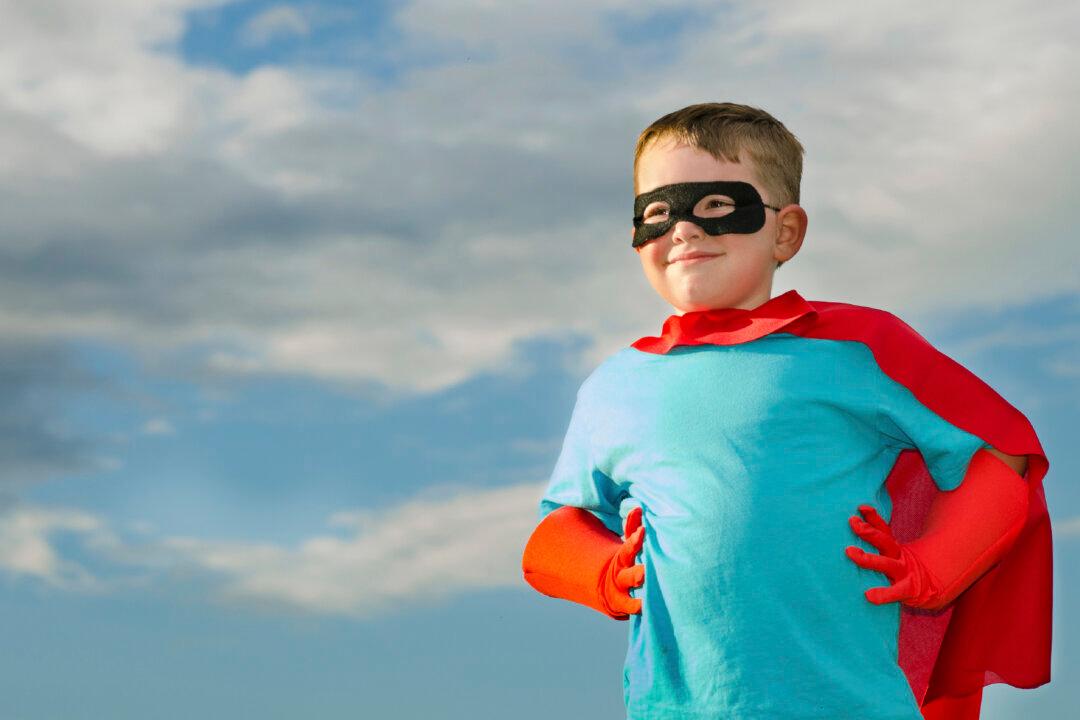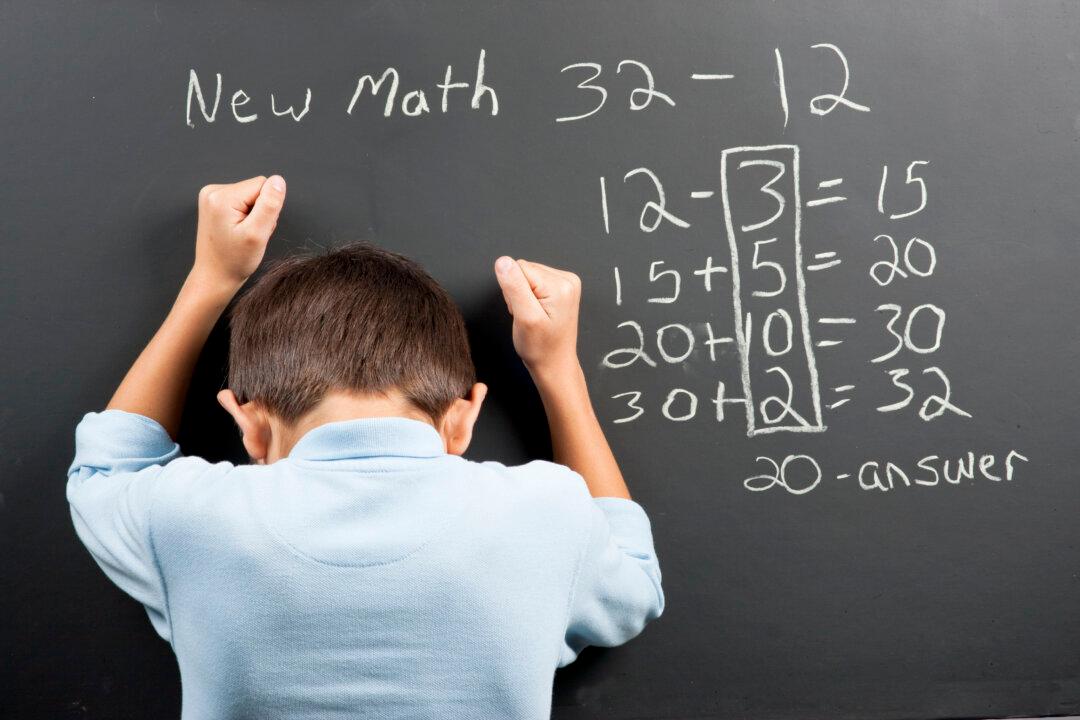A new study is the first to link an early social behavior called gaze shifting with infants’ ability to learn new language sounds.
Babies learn language best by interacting with people rather than passively through a video or audio recording, but it’s been unclear what aspects of social interactions make them so important for learning.
Babies about 10 months old who engaged in more gaze shifting during sessions with a foreign language tutor showed a boost in a brain response that indicates language learning, according to the study, which appears in Developmental Neuropsychology.
“Our study provides evidence that infants’ social skills play a role in cracking the code of the new language,” said co-author Patricia Kuhl, co-director of the Institute for Learning & Brain Sciences (I-LABS) at the University of Washington.


